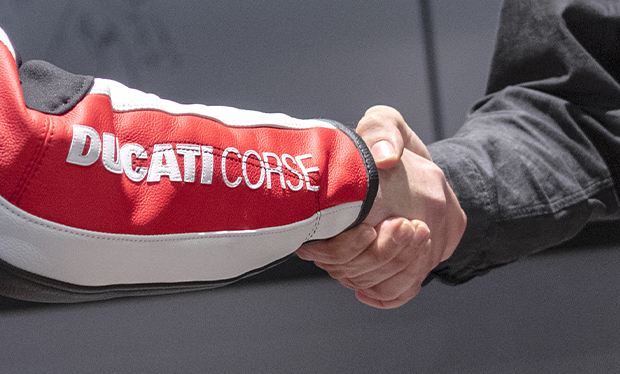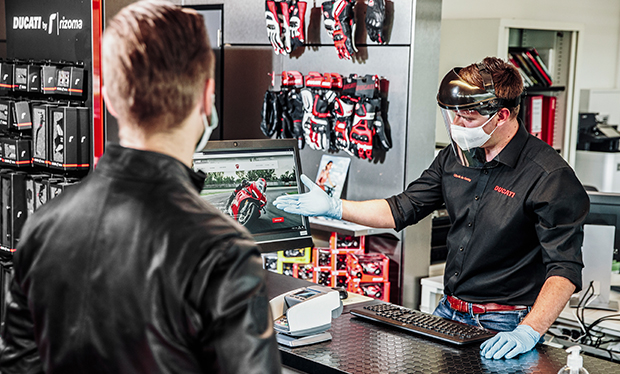A city of art, culture and trade, Bologna is also famous for its almost 40 km of porticoes in the city centre, the longest in the world.Also called “The Learned” for its old University, and “The Fat” for its food tradition, the city is also a “UNESCO creative City of Music” and boasts one of the most extensive and best-preserved medieval historic centres in Europe, brimming with clubs, taverns, theatres and shops. Home to many great artists including Giorgio Morandi, Guido Reni, the Carracci artists, Guercino, Aspertini, its charm also enchanted many illustrious personalities in the past, such as Mozart, Carducci, Dante, Rossini and the Nobel Prize winner for Physics, Guglielmo Marconi.Bologna surprises travellers whatever the season, from the festive vibes of the Bologna summer to the magical atmosphere of the Christmas lights.A first look at the city is from the beautiful Piazza Maggiore where medieval palaces look down upon an intense public life and economic activity. They perfectly combine with modernity, while preserving their antique charm. For instance, Palazzo d'Accursio, seat of the municipal administration, houses inside its ancient walls the Art Nouveau-style Salaborsa multimedia Library as well as Roman archaeological excavations, visible from a modern glass floor.Among the symbols of Bologna there are the Neptune Fountain by Giambologna, and the medieval towers. In particular the magnificent Two Towers: Asinelli tower (98 m) and its neighbouring “twin” Garisenda (48 m, also mentioned in Dante's Inferno).Alma Mater Studiorum is the oldest Western University. Its first prestigious seat was the Archiginnasio, whose walls are decorated with the coats of arms of the students. Here it is possible to visit the Anatomical Theatre, where practical lessons of cadaver dissection took place in the past.Walking along the ancient streets and the never-ending porticoes, canals are an unexpected surprise. They date back to the 12th century and can be visited underground too.A rich heritage of art is housed in the numerous Museums and Galleries, as well as in the multitude of religious buildings. Among them, a special mention should be made to the complex of Santo Stefano, the one of San Domenico with the Saint's marble tomb by Nicolò dall'Arca and decorated with Michelangelo's sculptures, and the church of Santa Maria della Vita which houses another Nicolò dall'Arca's masterpiece, the Pietà sculpture.
 Canada
Canada
 DesertX
DesertX
 Diavel
Diavel
 XDiavel
XDiavel Hypermotard
Hypermotard Monster
Monster
 Streetfighter
Streetfighter  Multistrada
Multistrada Panigale
Panigale
 Off Road
Off Road Limited Series
Limited Series E-BIKES
E-BIKES




























































































































































